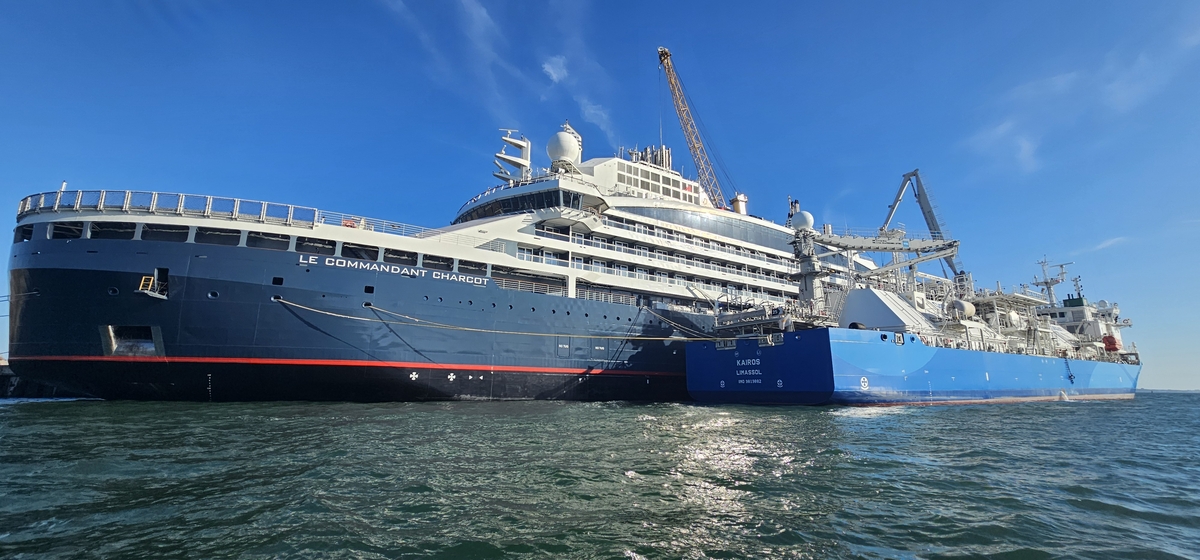By 2030, the industry is expected to require roughly double the current number of LNG bunkering vessels, with a corresponding rise in demand for specialised crew, capable of dealing with many different ship types.
“Identifying, training and providing this crew is a challenge we at BSM are today very confident in tackling,“ underlines Nick Topham.
“Also, looking at ship design, the Kairos is highly complex and over time, we’ve been able to further optimise it by making key adjustments to the tank size and isolation, regasification system, engine management, propulsion layout and deck arrangement,” Topham explains. “Most importantly, we’re pleased to have included an aft manifold during the construction of the “Kairos”. It proved to be the right decision.”
BSM is in constant exchange with charterers and Schulte Group partners. “We regularly share our knowledge with Schulte Marine Concept (SMC) to enhance vessel design for more efficient future operations. SMC has provided supervision work to more than 30 LNG carriers and 9 LNG bunkering vessels. The new LNG bunkering vessel design, launched by the Schulte Group’s Maritime Energy Centre together with Hamburg-based Technolog, is also a direct result of our close collaboration,” Topham continues.
BSM’s LNG bunkering crew was initially recruited from LNG and LPG carriers. Their training focuses on comprehensive transition courses that transform these seafarers into LNG bunkering vessel specialists who can manoeuvre these ships and manage the intense workload.
By the end of 2024, BSM will have extended its managed fleet of LNG bunkering vessels to five, with operations in Europe and the Americas.









